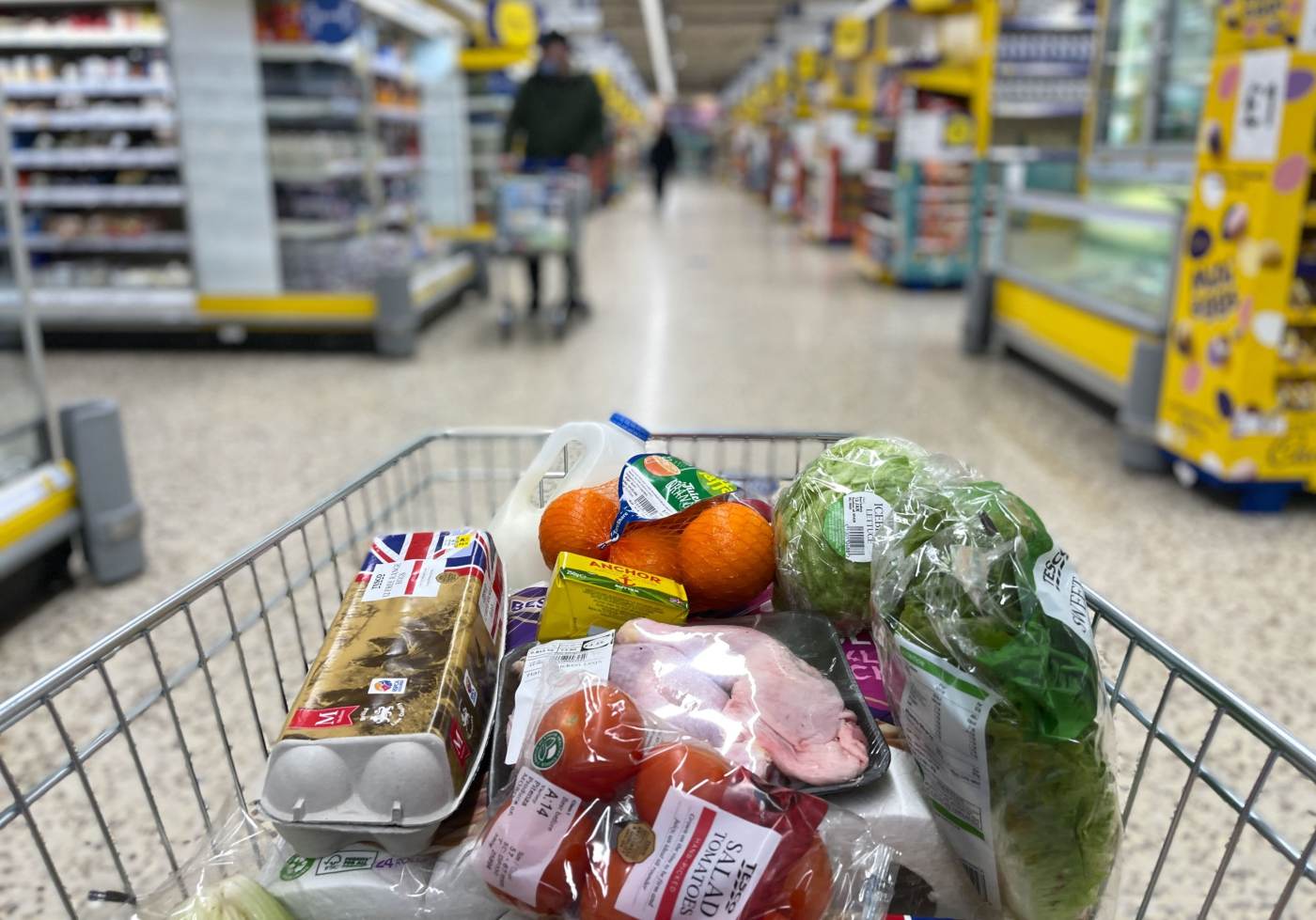U.K. Inflation Surges in April, Heightening Bank of England’s Caution
The United Kingdom has witnessed a sharp increase in inflation this April, surpassing expectations and reinforcing the Bank of England’s cautious approach to interest rate decisions.
According to new data released by the Office for National Statistics (ONS), consumer prices saw their steepest rise in more than a year, driven largely by higher household bills and increased business costs.
Inflation Rises Beyond Forecasts
In April, the annual inflation rate in the U.K. surged to 3.5%, a notable increase from 2.6% recorded in March. This marks the highest level since January 2024 and exceeds the Bank of England’s inflation target of 2% by a significant margin. The month-to-month jump represents the most substantial increase in annual inflation since October 2022.
While economists surveyed by The Wall Street Journal had projected a smaller rise of 3.4%, the actual figures reflect a more intense upward pressure on prices. This unexpected jump is prompting renewed concerns about the sustainability of the economic recovery and the challenges the central bank faces in balancing growth and inflation control.
Key Drivers Behind the Inflation Spike
Several factors have contributed to April’s inflation surge:
Higher Utility and Energy Bills
One of the primary drivers was a significant rise in household utility costs. Electricity and gas bills increased as energy providers passed on elevated wholesale prices and regulatory adjustments to consumers. The recalibration of the energy price cap in April also meant higher average costs for millions of households.
Payroll Tax Increases Impacting Business Pricing
Another major factor was the rise in payroll-related taxes and levies, including increased National Insurance contributions for employers. Businesses, particularly in the service and retail sectors, have responded by raising prices to maintain profitability amid growing wage and operating expenses.
Broad-Based Price Increases
The ONS also noted that inflationary pressures were broad-based. In addition to utilities, sectors such as food and non-alcoholic beverages, transport, and recreation experienced noticeable price increases. This signals that inflation is not limited to one segment of the economy but is a more systemic issue.
Bank of England’s Position
The Bank of England has been closely monitoring inflation trends, especially after months of fluctuating price levels in the aftermath of the COVID-19 pandemic and global supply chain disruptions. While inflation had shown signs of easing in previous months, April’s figures are likely to reinforce the central bank’s hesitance to reduce interest rates in the near term.
A Delicate Balancing Act
Officials at the Bank of England have consistently emphasized a data-driven approach to policy changes. The unexpected rise in inflation supports the argument for keeping rates steady or even tightening them if further data suggests sustained inflationary pressure. Policymakers must balance the need to curb inflation against the risk of stifling economic growth and consumer spending.
Market Reactions
Financial markets responded swiftly to the news. Bond yields rose, reflecting expectations that interest rates may remain higher for longer than previously anticipated. The pound also strengthened slightly against major currencies, as traders revised their forecasts for monetary policy in light of the inflation report.
Implications for Households and Businesses
April’s inflation spike has direct and tangible effects on U.K. households and businesses. Rising costs for essentials such as energy, food, and transportation erode purchasing power and strain family budgets, particularly for lower-income households.
Consumer Confidence at Risk
Consumer confidence, which had shown signs of improvement earlier in the year, may now falter again. Higher prices typically lead to reduced discretionary spending, which could slow down economic momentum heading into the summer months.
Business Planning Becomes More Complex
For businesses, especially small and medium enterprises, the challenge lies in navigating rising input costs while trying to remain competitive. Many are caught between the need to raise prices and the fear of losing customers in a price-sensitive market.
Economic Outlook and Future Projections
The sharp rise in inflation adds uncertainty to the U.K.’s economic outlook. Analysts and policymakers are now closely watching subsequent monthly data to determine whether April’s figures mark a temporary spike or the beginning of a new upward trend.
Will Inflation Ease or Persist?
Some economists argue that April’s data may reflect a one-time adjustment due to regulated price changes and tax increases. However, others warn that continued geopolitical tensions, ongoing supply chain disruptions, and persistent wage growth could keep inflation elevated for longer than anticipated.
Possible Central Bank Scenarios
If inflation continues to trend upwards, the Bank of England may be forced to raise interest rates again, despite concerns over slowing economic activity. On the other hand, if inflation begins to moderate in the coming months, a rate cut later in the year could still be on the table.
Conclusion
The unexpected jump in U.K. inflation to 3.5% in April underscores the challenges facing the Bank of England and the broader economy. Driven by higher household bills, tax changes, and broad-based price increases, this latest data point complicates the central bank’s path forward. Both consumers and businesses must prepare for a potentially prolonged period of elevated costs and economic uncertainty.
As the Bank of England continues to evaluate economic indicators, all eyes will be on the upcoming policy announcements and data releases to gauge the future direction of interest rates and inflation in the U.K.
